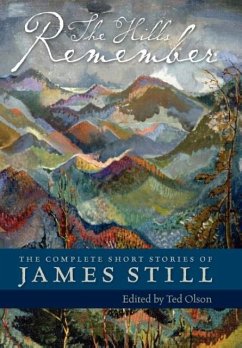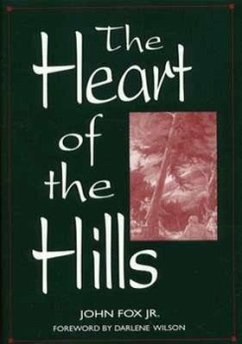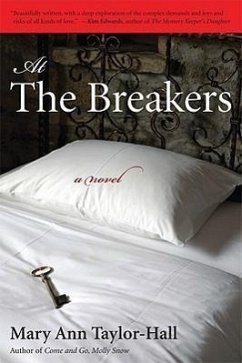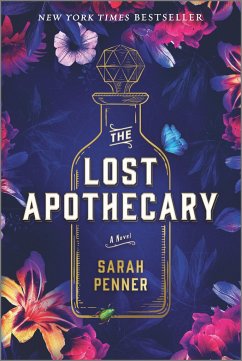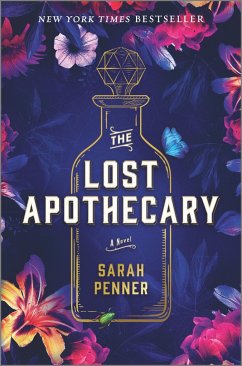
The History of Sir George Ellison
Versandkostenfrei!
Versandfertig in über 4 Wochen
26,99 €
inkl. MwSt.

PAYBACK Punkte
13 °P sammeln!
Sarah Robinson Scott (1720-1795), the author of novels, biographies, and histories, was born to many advantages of education and upbringing that made her a writer. But without a strong desire for financial independence, she might never have become a professional author. She saw a great advantage in being unmarried because only unmarried women were free to work toward their own ends. This theme was to be incorporated into her first novel and best known work, A Description of Millenium Hall (1762). The History of Sir George Ellison (1766) is a sequel to Millenium Hall. In it, Sir George, a visit...
Sarah Robinson Scott (1720-1795), the author of novels, biographies, and histories, was born to many advantages of education and upbringing that made her a writer. But without a strong desire for financial independence, she might never have become a professional author. She saw a great advantage in being unmarried because only unmarried women were free to work toward their own ends. This theme was to be incorporated into her first novel and best known work, A Description of Millenium Hall (1762). The History of Sir George Ellison (1766) is a sequel to Millenium Hall. In it, Sir George, a visitor to the Hall, follows the pattern of the female utopia set forth in the earlier novel. Scott addresses issues of slavery, marriage, education, law and social justice, class pretensions, and the position of women in society. Throughout the book Scott consistently emphasizes the importance, for both genders and all classes and ages, of devoting one's life and most of one's time to meaningful work.



![The History of Sir George Ellison [By S. Scott] Cover The History of Sir George Ellison [By S. Scott]](https://bilder.buecher.de/produkte/64/64661/64661424n.jpg)
![The History of Sir George Ellison [By S. Scott] Cover The History of Sir George Ellison [By S. Scott]](https://bilder.buecher.de/produkte/74/74719/74719832n.jpg)
